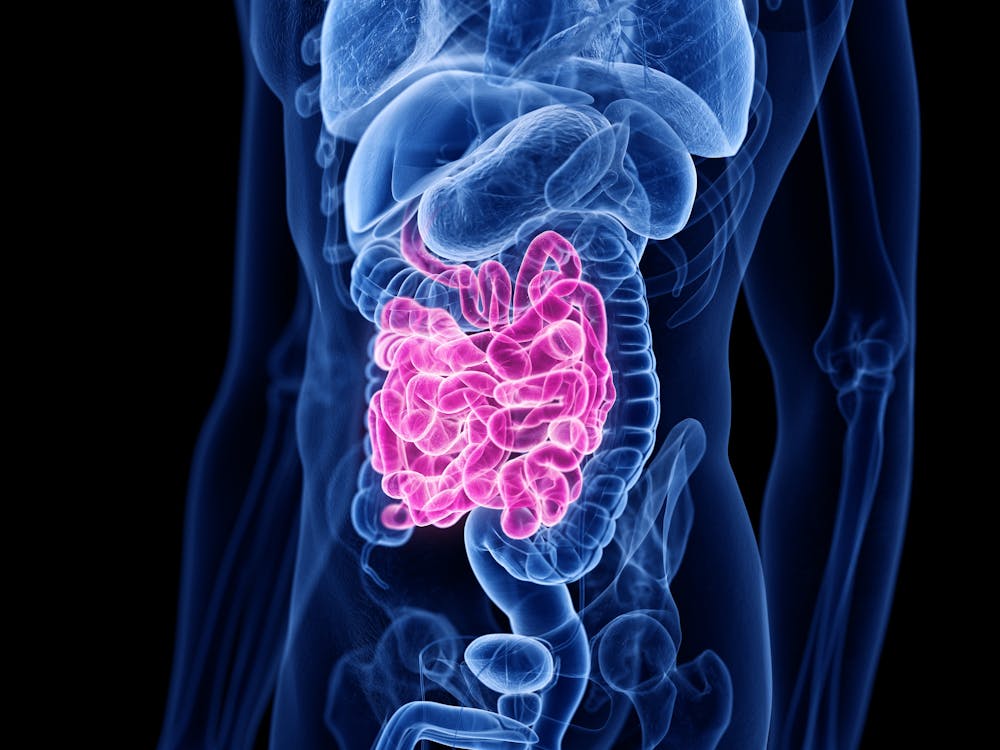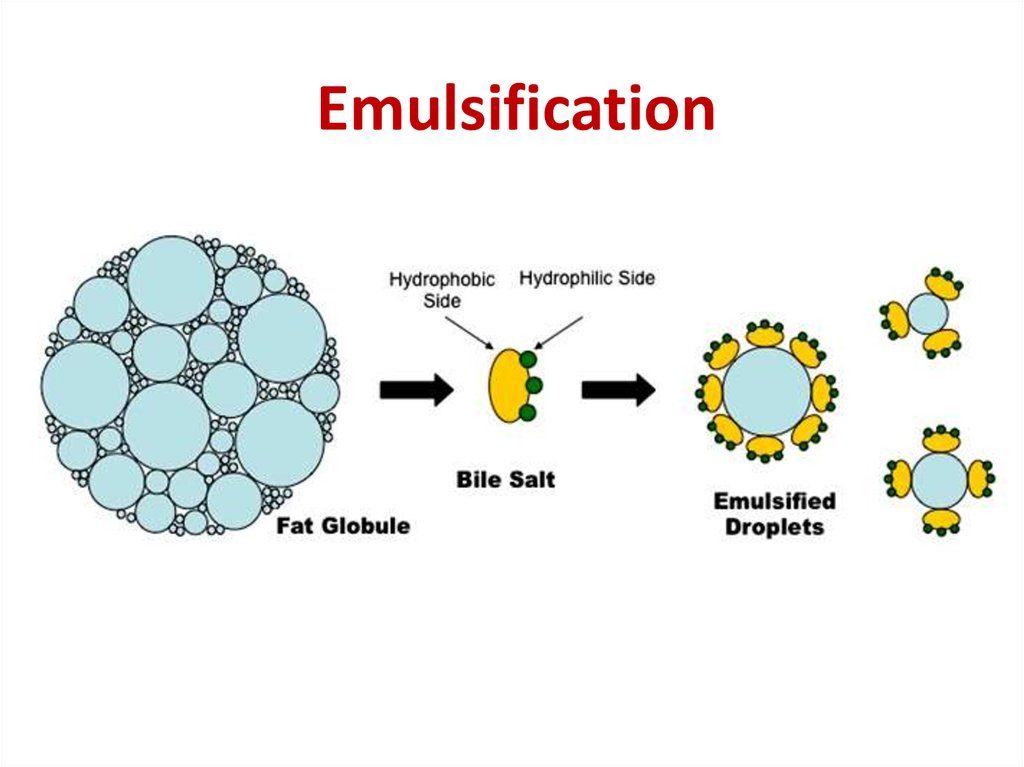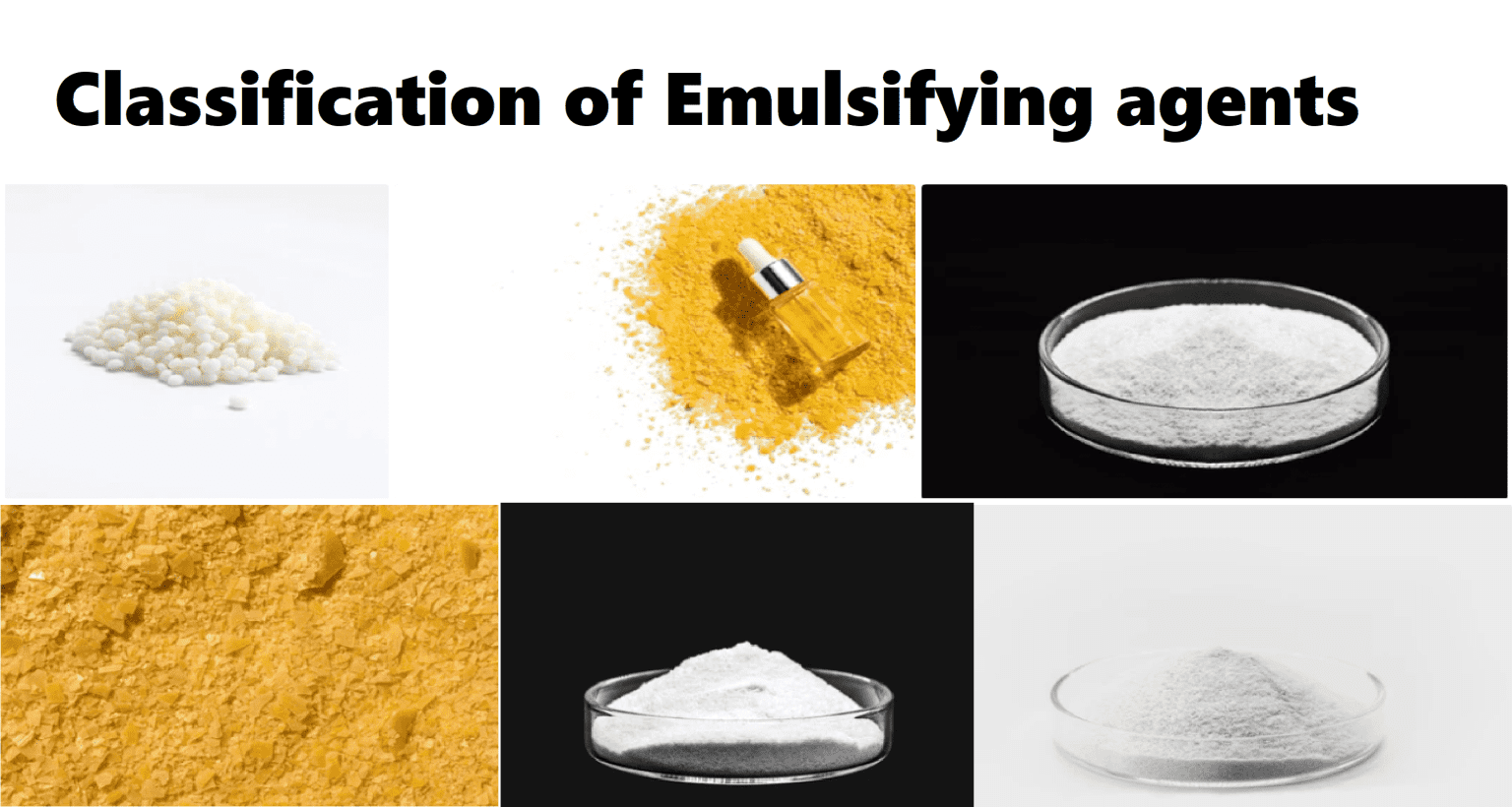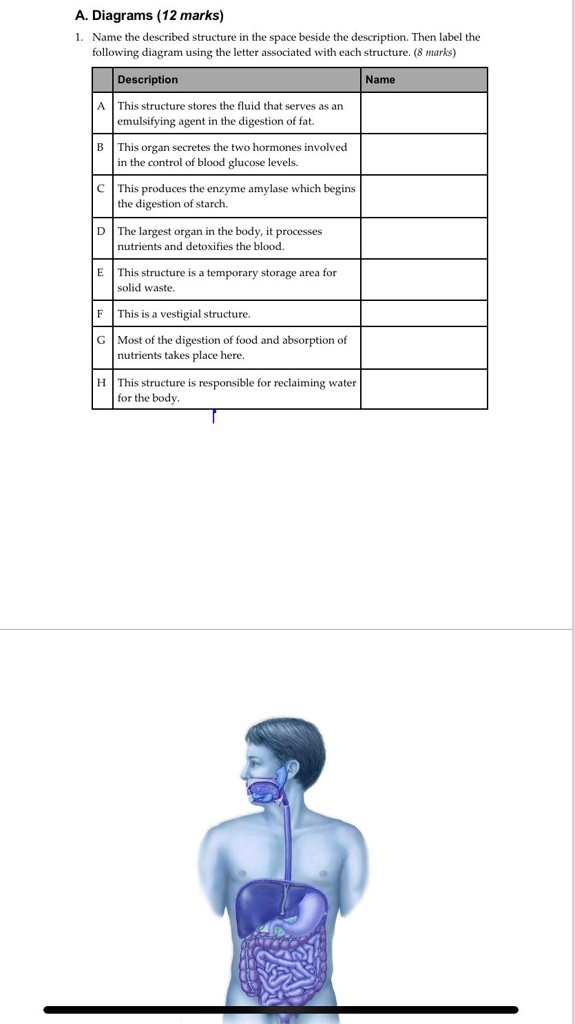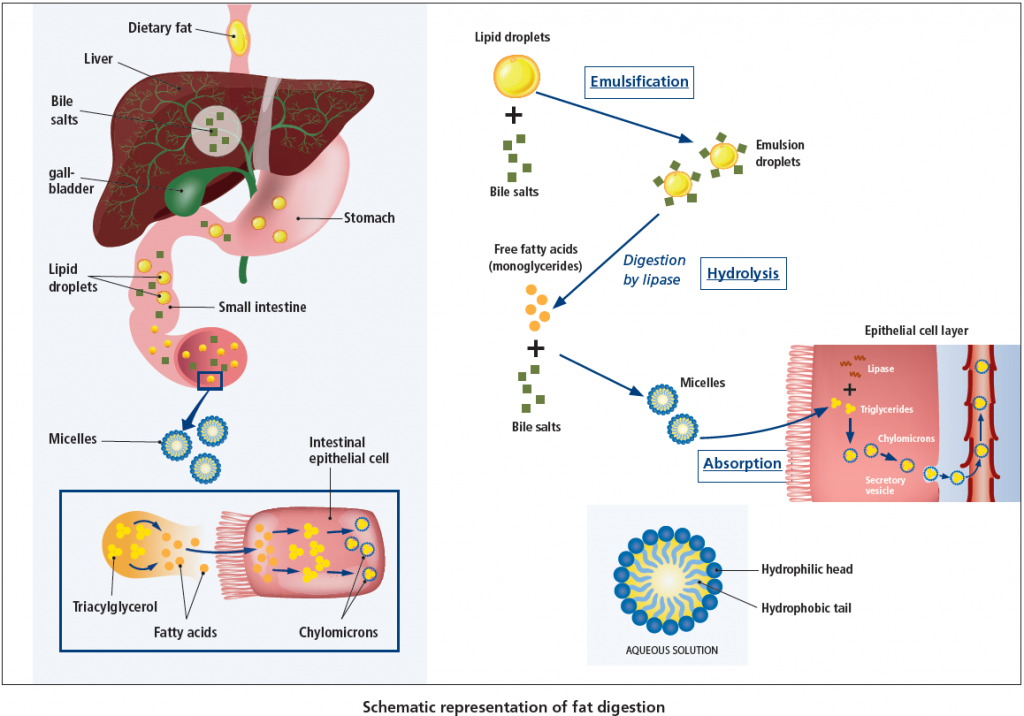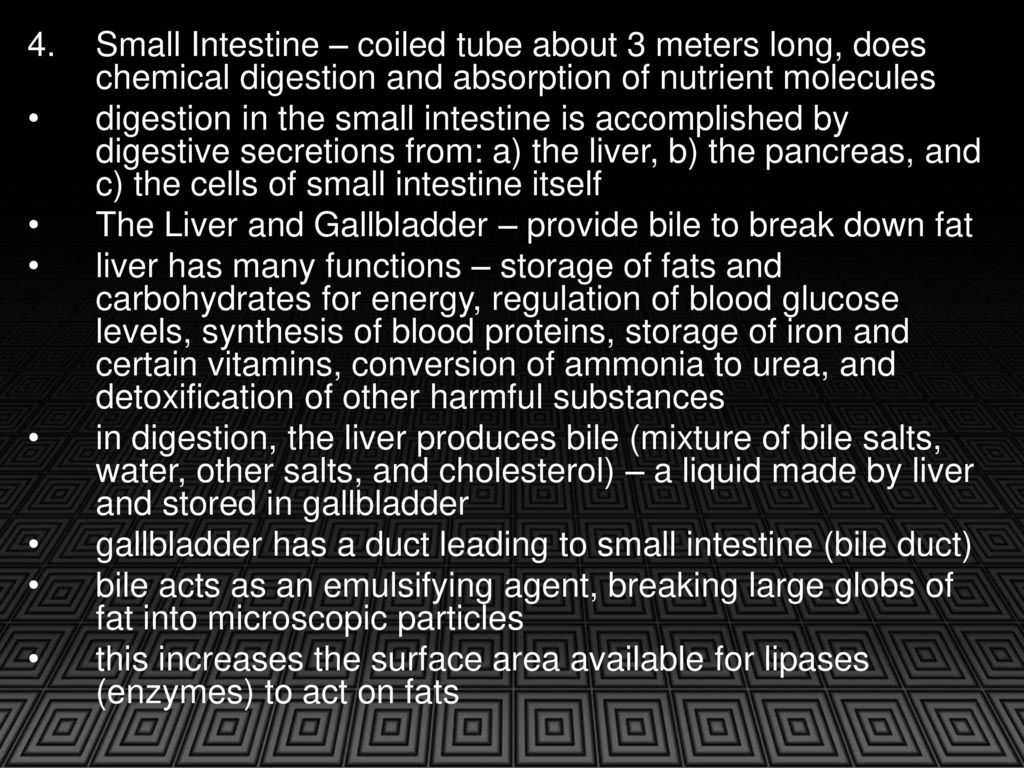What Serves As An Emulsifying Agent In The Small Intestine
What Serves As An Emulsifying Agent In The Small Intestine - Store food, churn, and begin digestion. This process increases the surface area of the fats, making them more accessible to the enzymes that digest fats, such as pancreatic lipase. The gallbladder stores bile, which it then. Absorb nutrients directly into the bloodstream. These salts are transferred into the gallbladder as bile. Filter toxins from the blood and produce hormones. Study with quizlet and memorize flashcards containing terms like what serves as an emulsifying agent for fats in the small intestine?, which of the. Which of the following is a function of. The liver is responsible for synthesizing bile salts; Regulate body temperature and manage fluid.
The gallbladder stores bile, which it then. Store food, churn, and begin digestion. Receives secretions from the pancreatic and bile bile an emulsifying agent produced in the liver and secreted into the. This process increases the surface area of the fats, making them more accessible to the enzymes that digest fats, such as pancreatic lipase. These salts are transferred into the gallbladder as bile. Which of the following is a function of. Regulate body temperature and manage fluid. What serves as an emulsifying agent for fats in the small intestine? The liver is responsible for synthesizing bile salts; Filter toxins from the blood and produce hormones.
Which of the following is a function of. Study with quizlet and memorize flashcards containing terms like what serves as an emulsifying agent for fats in the small intestine?, which of the. Receives secretions from the pancreatic and bile bile an emulsifying agent produced in the liver and secreted into the. Regulate body temperature and manage fluid. The liver is responsible for synthesizing bile salts; Filter toxins from the blood and produce hormones. The gallbladder stores bile, which it then. Store food, churn, and begin digestion. Absorb nutrients directly into the bloodstream. This process increases the surface area of the fats, making them more accessible to the enzymes that digest fats, such as pancreatic lipase.
Progressive Charlestown Do we need to worry about "antinutrients?"
The liver is responsible for synthesizing bile salts; What serves as an emulsifying agent for fats in the small intestine? Receives secretions from the pancreatic and bile bile an emulsifying agent produced in the liver and secreted into the. The gallbladder stores bile, which it then. Store food, churn, and begin digestion.
What is the Significance of Emulsification of Fats CBSE Class Notes
What serves as an emulsifying agent for fats in the small intestine? Receives secretions from the pancreatic and bile bile an emulsifying agent produced in the liver and secreted into the. This process increases the surface area of the fats, making them more accessible to the enzymes that digest fats, such as pancreatic lipase. The liver is responsible for synthesizing.
Classification of Emulsifying agents Pharmacy Gyan
Receives secretions from the pancreatic and bile bile an emulsifying agent produced in the liver and secreted into the. Absorb nutrients directly into the bloodstream. Filter toxins from the blood and produce hormones. Regulate body temperature and manage fluid. This process increases the surface area of the fats, making them more accessible to the enzymes that digest fats, such as.
Small Intestine Estrada Foods Brokerage
Regulate body temperature and manage fluid. The liver is responsible for synthesizing bile salts; These salts are transferred into the gallbladder as bile. Receives secretions from the pancreatic and bile bile an emulsifying agent produced in the liver and secreted into the. Absorb nutrients directly into the bloodstream.
Solved What serves as an emulsifying agent for fats in the
Receives secretions from the pancreatic and bile bile an emulsifying agent produced in the liver and secreted into the. Which of the following is a function of. Store food, churn, and begin digestion. Filter toxins from the blood and produce hormones. This process increases the surface area of the fats, making them more accessible to the enzymes that digest fats,.
What are Emulsifiers and Why Are They in My Food? EatingWell
This process increases the surface area of the fats, making them more accessible to the enzymes that digest fats, such as pancreatic lipase. The gallbladder stores bile, which it then. These salts are transferred into the gallbladder as bile. Absorb nutrients directly into the bloodstream. What serves as an emulsifying agent for fats in the small intestine?
SOLVED Description Name This structure stores the fluid that serves as
Filter toxins from the blood and produce hormones. These salts are transferred into the gallbladder as bile. The liver is responsible for synthesizing bile salts; This process increases the surface area of the fats, making them more accessible to the enzymes that digest fats, such as pancreatic lipase. Study with quizlet and memorize flashcards containing terms like what serves as.
Emulsification of Fats CBSE Class Notes Online Classnotes123
What serves as an emulsifying agent for fats in the small intestine? The gallbladder stores bile, which it then. Receives secretions from the pancreatic and bile bile an emulsifying agent produced in the liver and secreted into the. Store food, churn, and begin digestion. Regulate body temperature and manage fluid.
Digestive System Role of the digestive system ingest food ppt download
The gallbladder stores bile, which it then. Receives secretions from the pancreatic and bile bile an emulsifying agent produced in the liver and secreted into the. Regulate body temperature and manage fluid. Which of the following is a function of. The liver is responsible for synthesizing bile salts;
Emulsion and Emulsifying agent 17 Surface Chemistry Class 12th
Study with quizlet and memorize flashcards containing terms like what serves as an emulsifying agent for fats in the small intestine?, which of the. These salts are transferred into the gallbladder as bile. The gallbladder stores bile, which it then. Receives secretions from the pancreatic and bile bile an emulsifying agent produced in the liver and secreted into the. Absorb.
Filter Toxins From The Blood And Produce Hormones.
Absorb nutrients directly into the bloodstream. This process increases the surface area of the fats, making them more accessible to the enzymes that digest fats, such as pancreatic lipase. The liver is responsible for synthesizing bile salts; What serves as an emulsifying agent for fats in the small intestine?
The Gallbladder Stores Bile, Which It Then.
Which of the following is a function of. Receives secretions from the pancreatic and bile bile an emulsifying agent produced in the liver and secreted into the. These salts are transferred into the gallbladder as bile. Store food, churn, and begin digestion.
Regulate Body Temperature And Manage Fluid.
Study with quizlet and memorize flashcards containing terms like what serves as an emulsifying agent for fats in the small intestine?, which of the.
